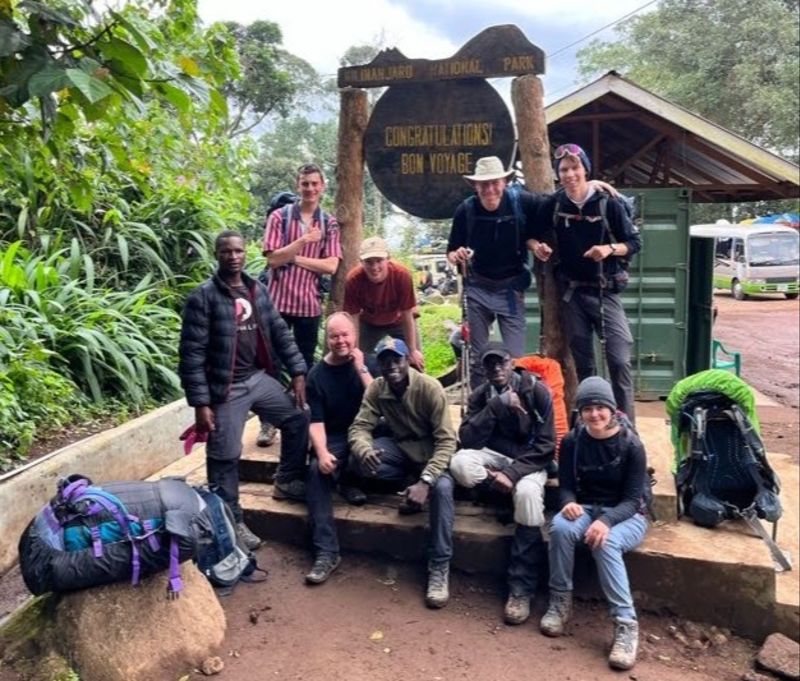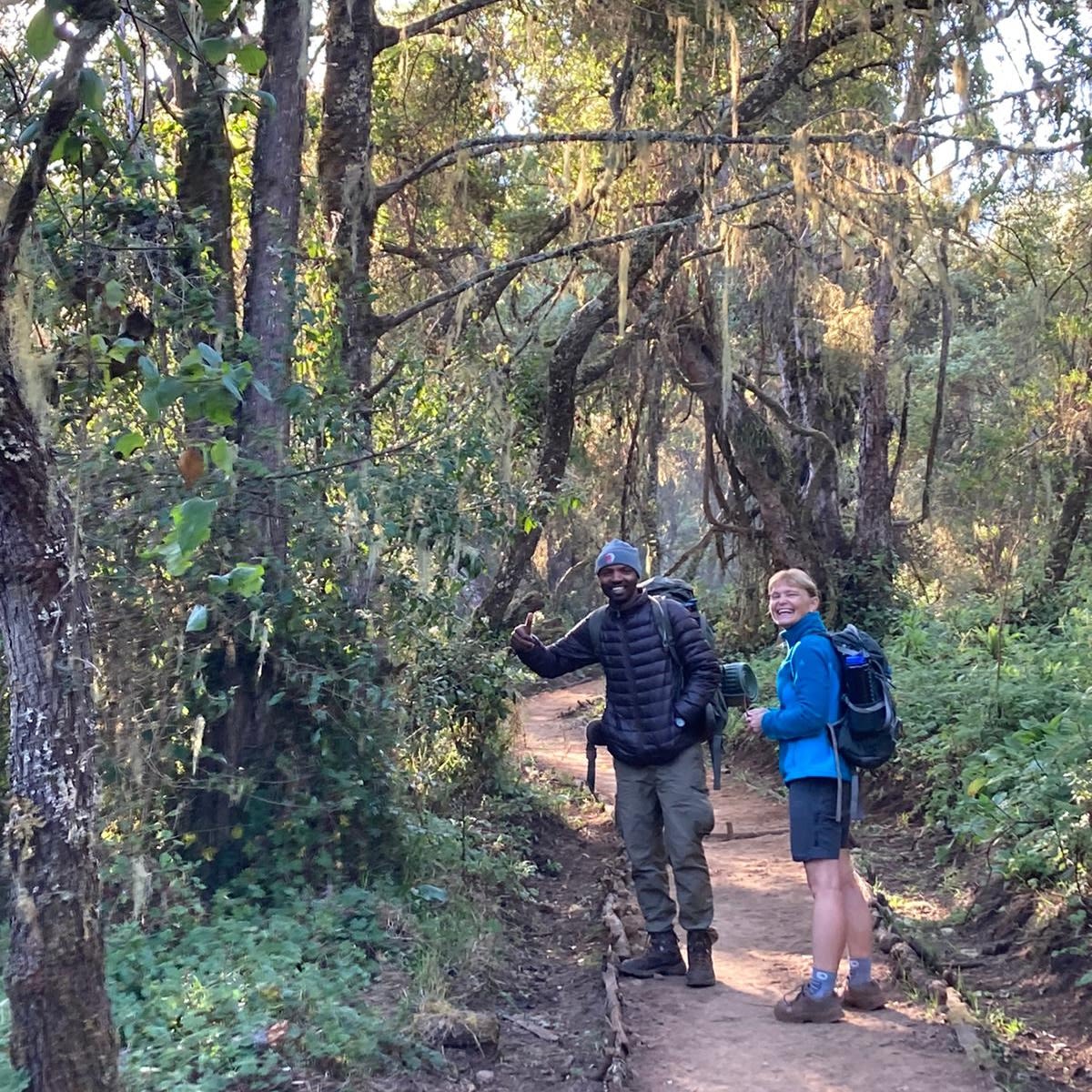
Lemosho vs Northern Circuit
The Lemosho and the Northern Circuit (or Grand Traverse) are two of the best Kilimanjaro routes, as both are very pretty and have high success rates. They also have some differences. We discuss all of these details to help you decide which is best for you.
Lemosho and Northern Circuit facts
Lemosho route
Total distance: 70 km / 43 miles Starting point: Lemosho Gate End point: Mweka Gate Duration: 7 or 8 days Summit success rate: High Busyness: High
Northern Circuit (or Grand Traverse)
Total distance: 98 km / 61 miles Starting point: Lemosho Gate End point: Mweka Gate Duration: 9 days Summit success rate: Very high Busyness: Low
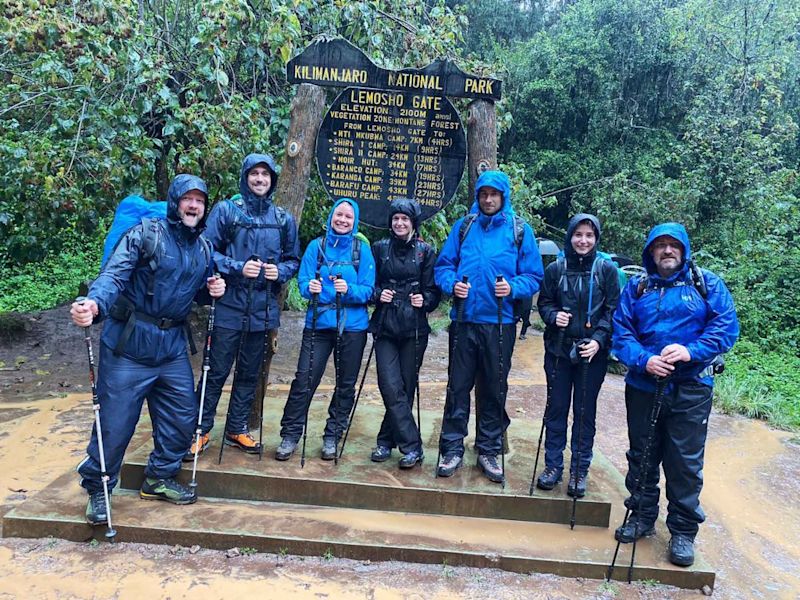
Map of the Lemosho and Northern Circuit
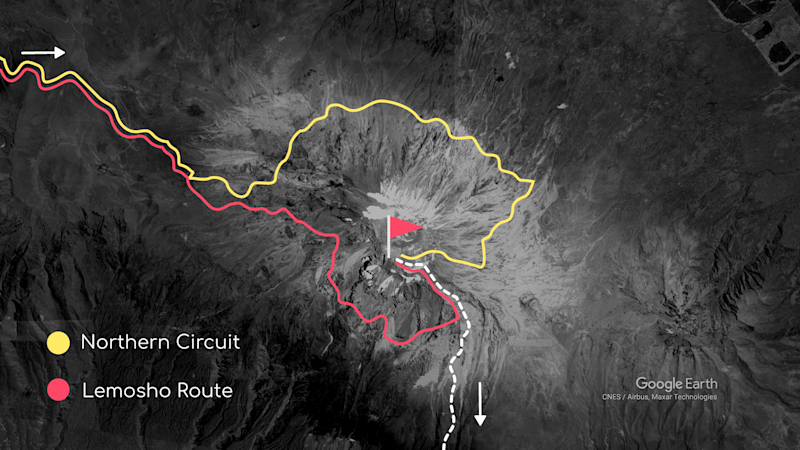
Description of the routes
Distance and duration
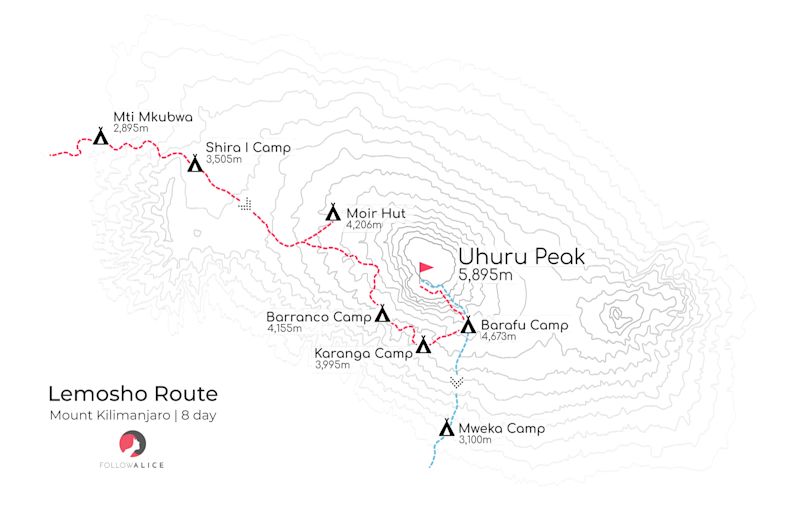

Steepness and trail difficulty
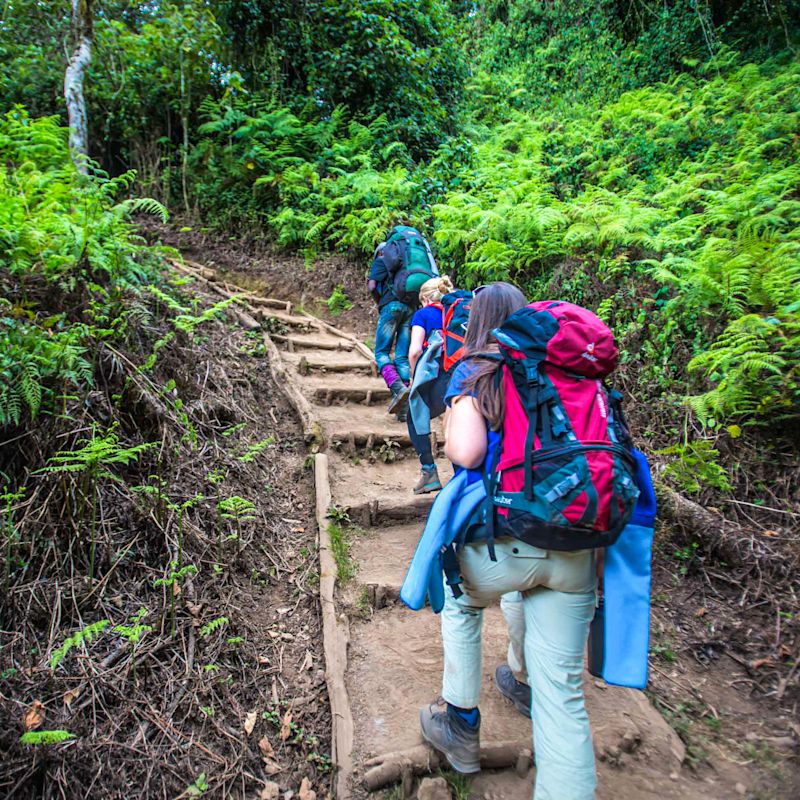
Barranco Wall
There would be a youtube video here.
Sadly, the youtube player requires cookies to work.Crowds
The Northern Circuit is far less busy than the Lemosho, so it's a great option if you'd prefer a quiet climb.
Campsites
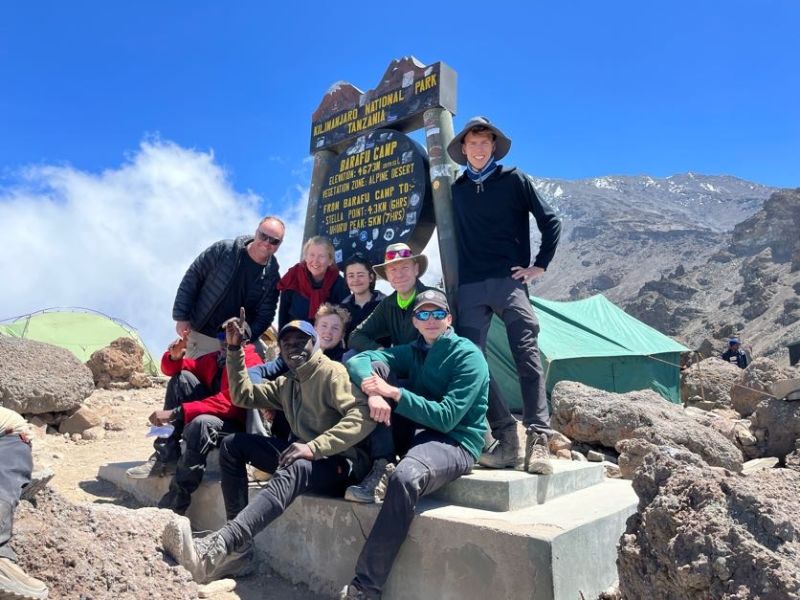
Scenery

Acclimatisation and success rate
There would be a youtube video here.
Sadly, the youtube player requires cookies to work.
Climb-high-and-sleep-low opportunities

A high and then a low campsite
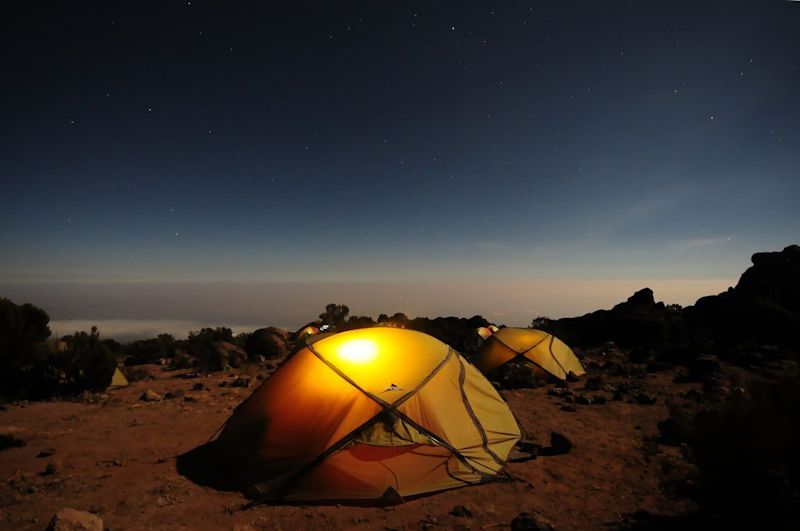
The route with the higher success rate
Altitude sickness is by far the main reason why so many climbers don't make it to the summit of Kilimanjaro. Don't be among those folks!
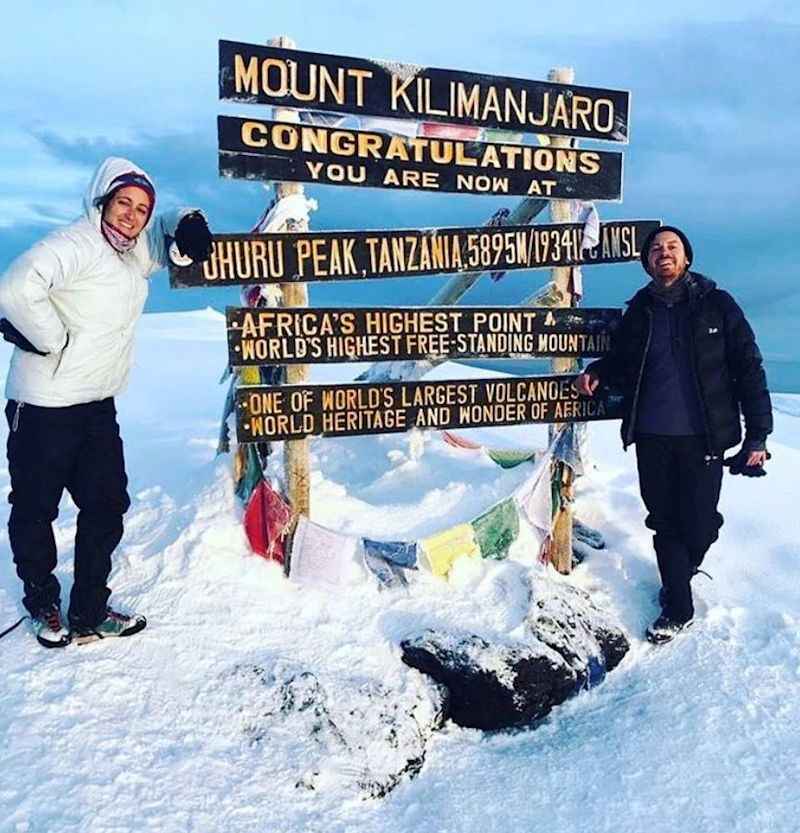
Our opinion
